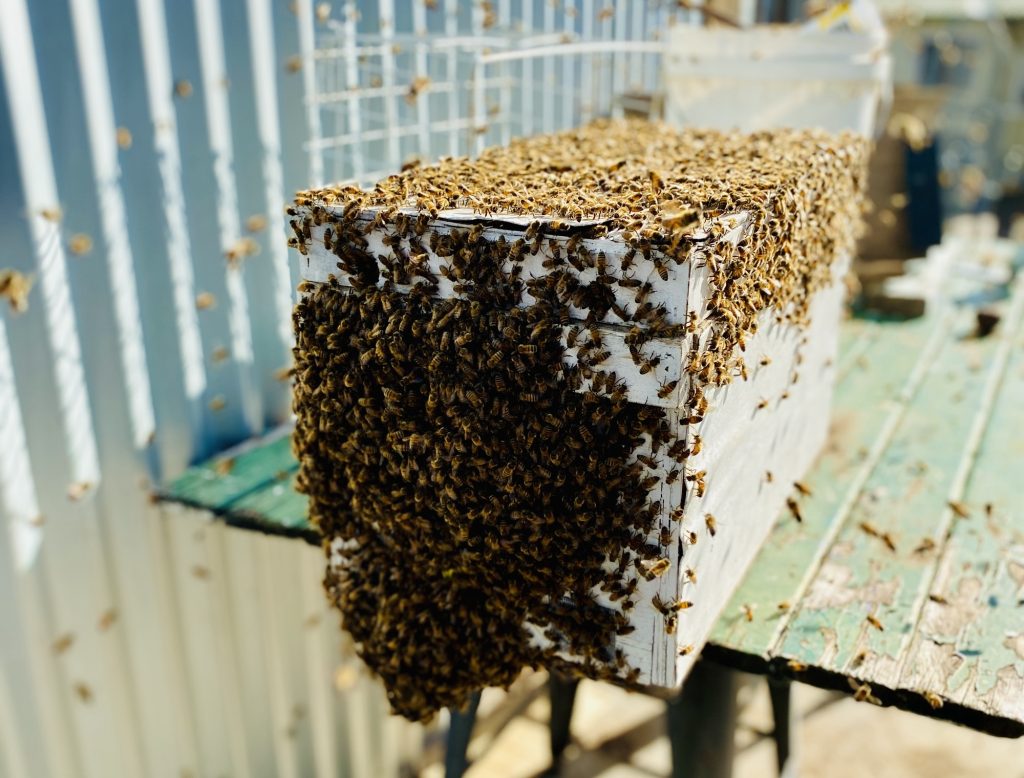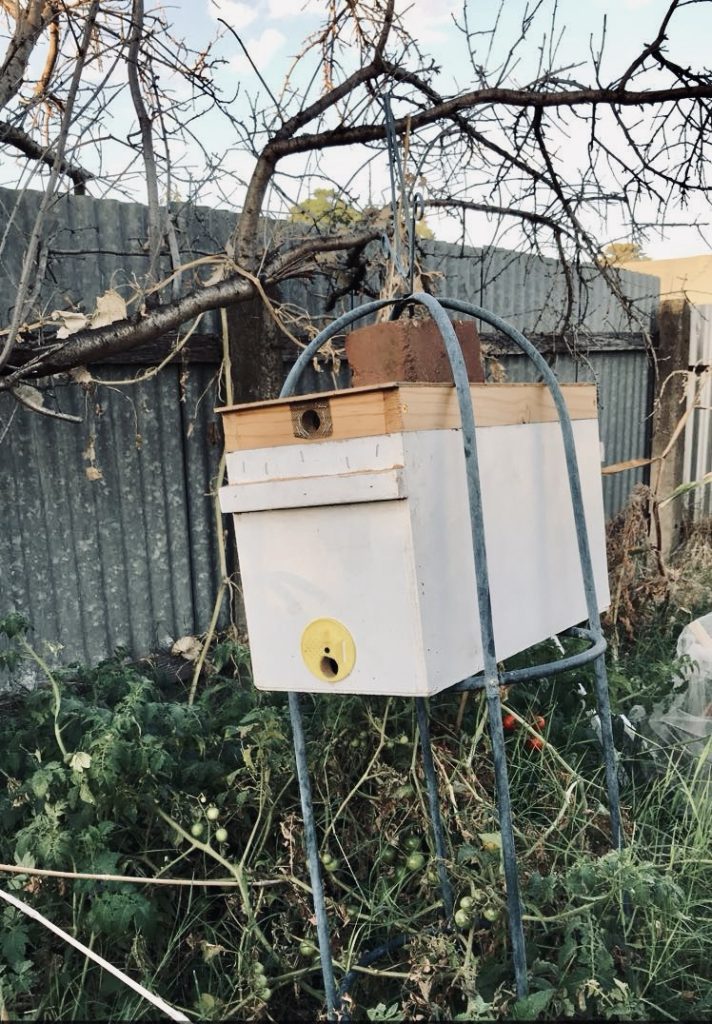
Why Start Beekeeping in New South Wales?
Beekeeping has surged in popularity across Australia. More people in NSW are looking to connect with nature, grow their own food, and support pollinators. Whether you’re in the suburbs of Sydney, on the coast, or in regional NSW, the state’s climate and diverse flora make it an excellent place to keep bees.
But beekeeping is about more than honey. It’s about supporting pollination, helping local ecosystems, and discovering the fascinating world inside the hive.
The Varroa Mite in NSW: What Beginners Need to Know
In 2022, varroa destructor (varroa mite) was detected in NSW for the first time. This tiny parasite has devastated bee colonies overseas and is now a reality for Australian beekeepers.
Understandably, many beginners are asking:
- Is it still worth starting now?
- Will mites make it too hard for new beekeepers?
The answer is yes, you can still keep bees in NSW. The difference is that mite monitoring and treatment are now part of responsible beekeeping. The NSW Department of Primary Industries (DPI) provides ongoing guidance, and beekeeping clubs offer support for new keepers learning how to manage varroa.
Essential Beekeeping Equipment (Beginner Setup)
Starting out doesn’t need to be overwhelming. Here’s the basic equipment list every beginner beekeeper in NSW should consider:
- Protective Clothing – Bee suit or jacket, gloves, boots.
- Hive Tool – For prying apart frames and boxes.
- Smoker – Calms bees and makes inspections easier.
- Bee Brush – To gently move bees off comb.
- Feeder – Useful during nectar shortages.
- Hive – Most beginners start with a Langstroth hive, the standard in Australia.
Tip: Buy from local suppliers where possible. Gear designed for Australian conditions often performs better than imported options.
Choosing the Right Hive Location in NSW
Picking the right spot is crucial:
- A sunny location with morning sun helps bees get active early.
- Afternoon shade prevents overheating in summer.
- Good drainage is essential—avoid waterlogged areas.
- Provide wind protection with fences or hedges.
- Check local council rules: hives usually need to be at least 3 metres from property boundaries.
Seasonal Beekeeping in NSW: What to Expect
Beekeeping is seasonal. Here’s a quick guide for beginners in NSW:
- Spring (Sep–Nov): Install new hives, monitor brood, watch for swarms.
- Summer (Dec–Feb): Nectar flow. Add supers for honey collection. Keep an eye on mites.
- Autumn (Mar–May): Reduce hive size, check honey stores, combine weak colonies.
- Winter (Jun–Aug): Bees cluster for warmth. Inspections are minimal, but ensure enough food is stored.
Overcoming Common Beginner Fears
It’s natural to feel nervous about starting:
- Fear of stings: With proper clothing and calm handling, stings are rare.
- Fear of failure: Even experienced beekeepers lose hives. Each season is a learning opportunity.
- Fear of mites: Mites are manageable with the right monitoring practices.
Thousands of people in NSW are starting out just like you—support and resources are widely available.
Beekeeping Regulations in NSW: What You Must Do
To legally keep bees in NSW, you must:
- Register as a beekeeper with the DPI (required even for one hive).
- Display your beekeeper registration number on your hives.
- Comply with the Australian Honey Bee Industry Biosecurity Code of Practice, including regular inspections for pests like varroa mite.

Final Thoughts: Is Beekeeping Still Worth It?
Yes. Beekeeping in NSW is still a rewarding and achievable hobby, even with the introduction of varroa mite. With the right equipment, knowledge, and community support, you can keep healthy bees and enjoy the incredible rewards of fresh honey, pollination, and a deeper connection with nature.
Next, check out my guide on Essential Beekeeping Equipment for Beginners in Australia to plan your first hive setup.
Beekeeping for Beginners in NSW – FAQs
Q1: Do I need a license to start beekeeping in NSW?
Yes. In New South Wales, you must register with the DPI as a beekeeper, even if you only own one hive. Registration is affordable and ensures you receive important biosecurity updates. They also send out regular newsletters with interesting and helpful info.
Q2: Is it still worth starting beekeeping now that varroa mite is in Australia?
Yes. While varroa mite has changed how bees are managed, many new beekeepers in NSW are still starting successfully. Regular monitoring and support from local clubs make it manageable.
Q3: How much does it cost to start beekeeping in NSW?
Most beginners spend $500–$800 on equipment and $200–$300 for a nucleus colony. Joining a local club can help reduce costs and provide mentorship. A Flow Hive is the most expensive option (around $2000), and can help if you don’t want to collect wax.
Q4: When is the best time to start beekeeping in NSW?
The best time is spring (September to November), when nectar flow is strong and colonies grow quickly.
Q5: What plants should I grow in NSW to support my bees?
Great options include grevillea, bottlebrush, lavender, rosemary, clover, and eucalyptus. Allowing a few plants in the veggie garden to go to seed is wonderful too – my bees LOVE it when I let my basil and parsley flower! Native plants can provide year-round nectar and pollen for healthier bees.

Leave a Reply